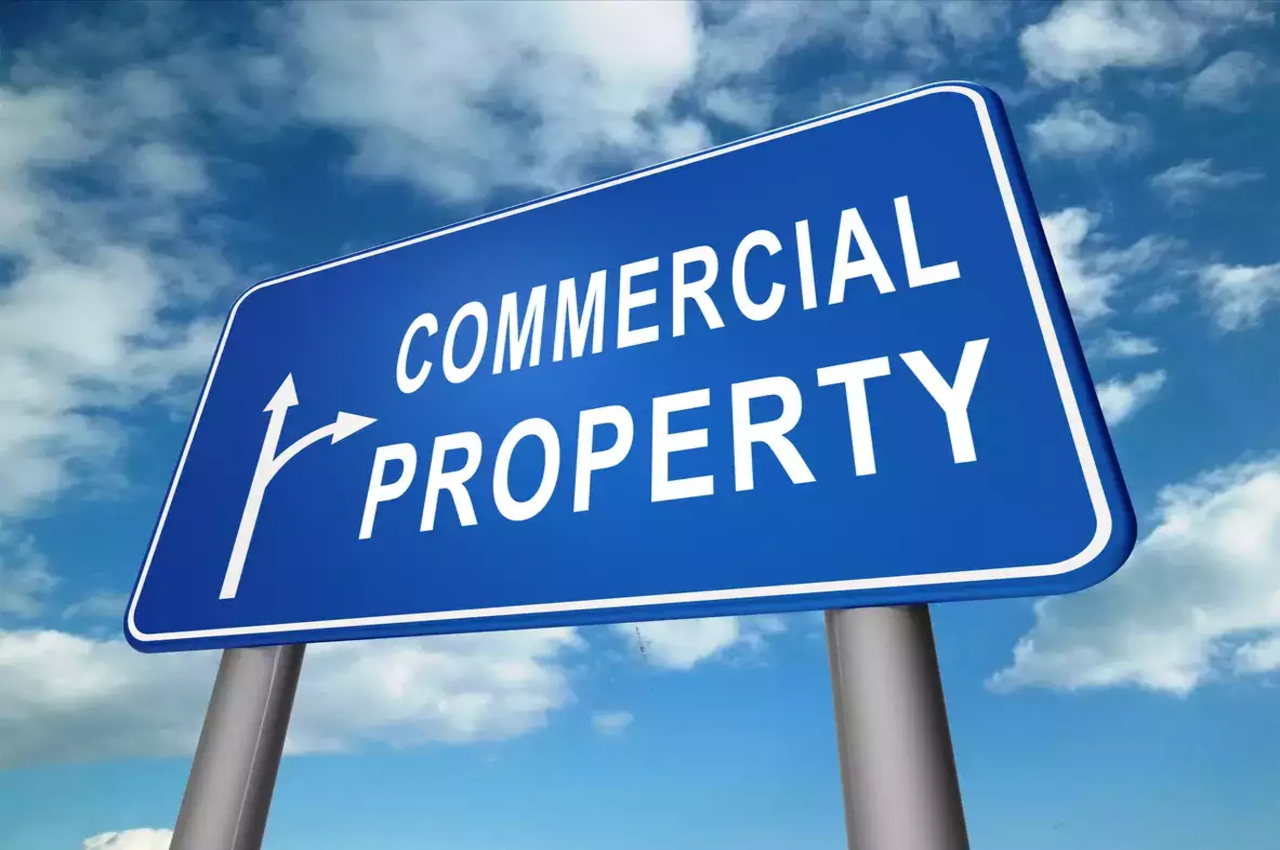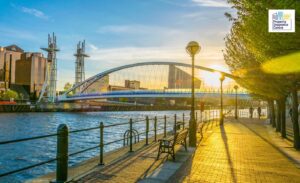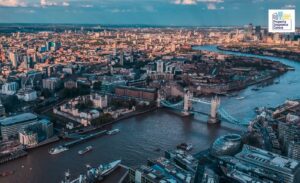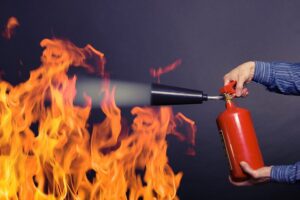What Factors Influence the Cost of Commercial Property Insurance?

1 – Construction
Construction is primarily determined by the building materials used, as well as the size and age of the structure. The building materials influence the building’s flammability or combustibility, as well as its durability. For example, if your building is made of flammable materials, such as wood-frame construction, i.e., you have four walls, a roof, and floors that are all made of wood and are all flammable, you will pay more for commercial property insurance than if your building has four walls, a roof, and a floor that are all made of masonry, stone, steel, or a combination of non-combustible materials.
The size of your building is the second consideration. The larger the structure, the higher the cost of property insurance. And also the age of your building, for example, when your building was last updated, is it a 100-year-old building where the major electrical or mechanical systems have never been updated, if that’s the case, you’ll pay more for commercial property insurance than if you had a newer building with newer mechanical systems that were all up to code, and so those are important factors for the first part of the acronym C for Construction.
2 – Occupancy
Occupancy refers to your activities in the building, including what you do and how you manage the risks associated with those activities. For example, if you have an office building where there isn’t a lot going on and people are just sitting behind desks or in meeting rooms and doing knowledge work, whatever you want to call it, and there aren’t a lot of risks, you’ll pay less for your property insurance than if you had a body shop or a manufacturing plant where a lot is going on, maybe some type of operation where there’s a chemical mess, and you’re using flammable materials in, you’ll pay more for those operations than you would for an office building, school, or similar structure.

3 – Protection
Protection has to do with what kind of alarms or security systems you have in the building, such as a fire alarm, burglar alarm, fire extinguishers, sprinkler system, what protections you have in the building to protect it in the event of a problem, such as if you’re in an area where the fire service is reputable, such as a fire department that’s highly rated by your state’s insurance commissioner, all of these are factors that insurance underwriters will look at.

4 – Exposure
Exposure and this is the one you have the least control over, but your exposure is determined by your geographical location, how close your building is to a forest fire area, a coastal area, a high wind area, a flood zone, or to another building if you have a low-risk building if your activities are low risk, but your building is next to something that would be considered high risk, you will pay more for your commercial property insurance than if you were not next to that high risk.






